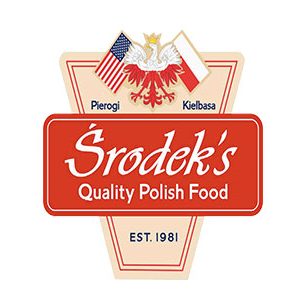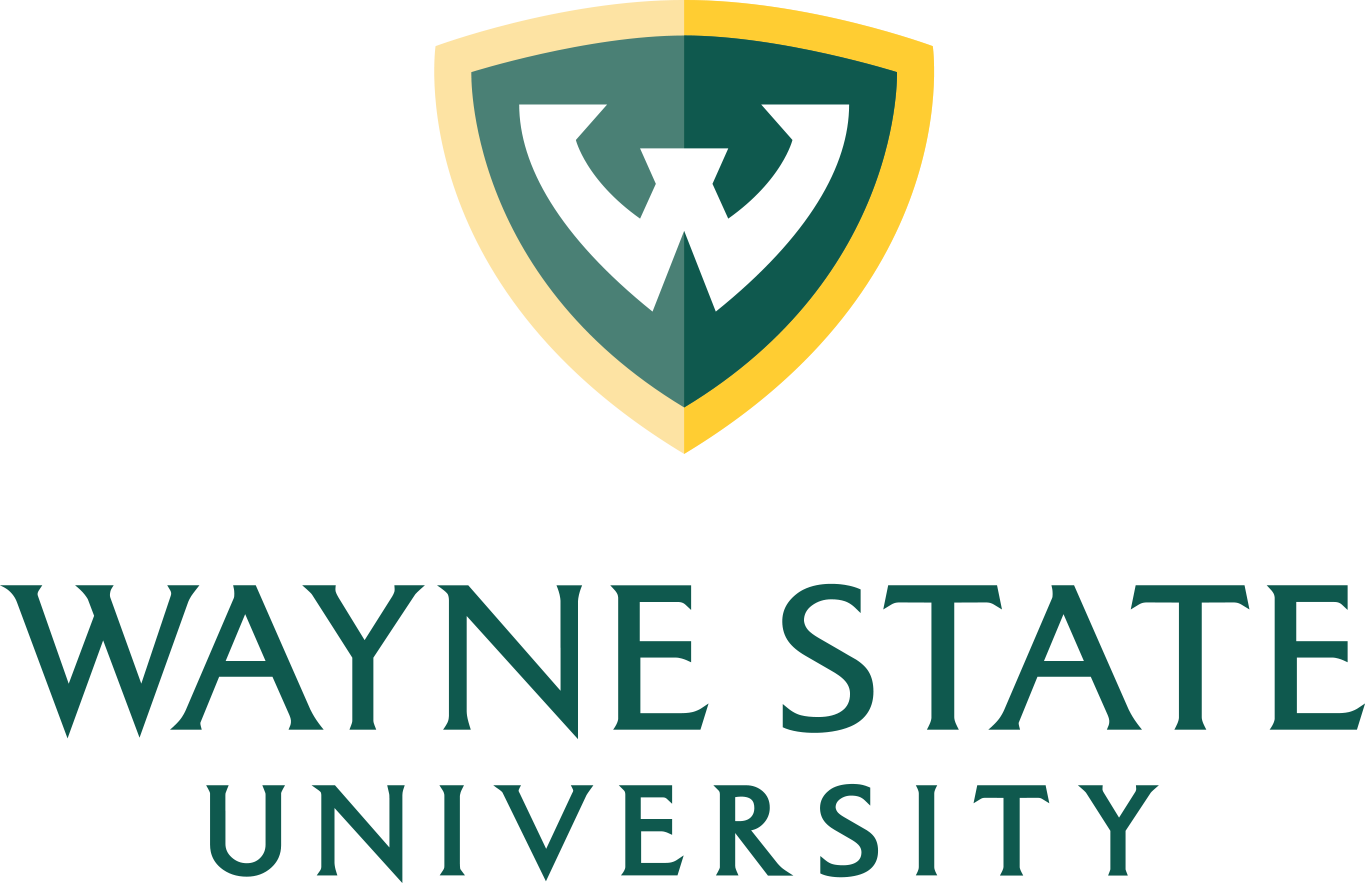A cursory glance into soccer history illustrates that the rough and tumble of association football has never been confined to the field of play – with few exceptions, the history of any particular soccer club is a bare-knuckle scrap with near disaster, punctuated by moments of triumph. Our guests Tuesday – Club Necaxa – are no exception. From the heights (winning Copa MX last April!) to the depths (a 7-year hiatus, 11 years wearing a different name), a look at Club Necaxa:
The Electricians: Although the club are generally known as Los Rayos (the Thunderbolts) today, Club Necaxa was founded in 1923 by William Frasser, an Englishman who owned the state power company, and was generally known as Los Electricistas (The Electricians) throughout the first two decades of its existence. The original plan to name the side after the power company was nixed by the Mexican football federation, so Frasser named the club after the nearby Necaxa River.
11 Brothers: By the mid-1930s, Club Necaxa was one of the most successful sides in the then-amateur Liga Mexico. Their distinctive focus on teamwork in the kick-and-chase era of the game led to their supporters calling their most successful lineup the ‘Once Hermanos’ (Eleven Brothers).
Hiatus: The Once Hermanos era was effectively the end of Necaxa’s dominance of Liga Mexico, unfortunately. The shift to professional status by the Mexican top flight left Necaxa behind. From 1943 to 1950, no team played in the red-and-white kit or displayed the Necaxa badge. Fittingly, investment from the Union of Electricians helped re-establish Club Necaxa as a professional side in 1950.
Estadio Azteca: For most of its existence (1955-2003), Necaxa called the famously cavernous Estadio Azteca in Mexico City its home. They tried to spruce the place up a bit, installing the first modern lighting system and playing the first night games in Mexican football.
Carlos Albert v Necaxa: Simply playing one’s home games in the largest stadium in the world isn’t much of a boon for business, unfortunately. In the late ’60s, Club Necaxa’s tenuous financial position led a group of experienced players to protest low pay and shoddy facilities. Necaxa management at the time took a hard line, benching leader Carlos Albert and cutting his pay in half. Three years of legal fights led Carlos Albert being awarded $77,000, and helped set the stage for the club being sold to foreign interests.
The Atletico Espanol Years: From the ‘Can you imagine?’ file comes this bit of Club Necaxa history – from 1971 to 1982, they played under another name! A group of Spanish investors bought the then-troubled club, paid its debts, and brought in a whole truckload of talent – but they also changed the name of the club to ‘Toros des Atletico Espanol’ (Spanish Athletic Bulls). When the Spaniards sold the club to a Mexican media conglomerate in 1982, the club’s name and colors were immediately reverted to their original form.
Estadio Victoria: Club Necaxa now plays in the ‘the first modern stadium in Mexico,’ Estadio Victoria in Aguascalientes City, one of the wealthiest regions in central Mexico. The stadium, which opened in 2003, looks a great deal like Red Bull Arena in New Jersey.
Campeones: FC Necaxa not only won Copa MX (nee Mexico) last April, but also won it in 1960, 1966, and 1995. Los Rayos have won the Mexican top flight twice, in 1995 and 1996. The back-to-back title winners were managed by Manuel Lapuente and featured Mexican greats ‘El Matador’ Luis Hernandez, Efrain Herrera, and Alberto Garcia Aspe, among others.
Tickets for Detroit City FC vs. Club Necaxa start at $15 and are still available at tickets.https://www.detcityfc.com.






































































































































































































































































































